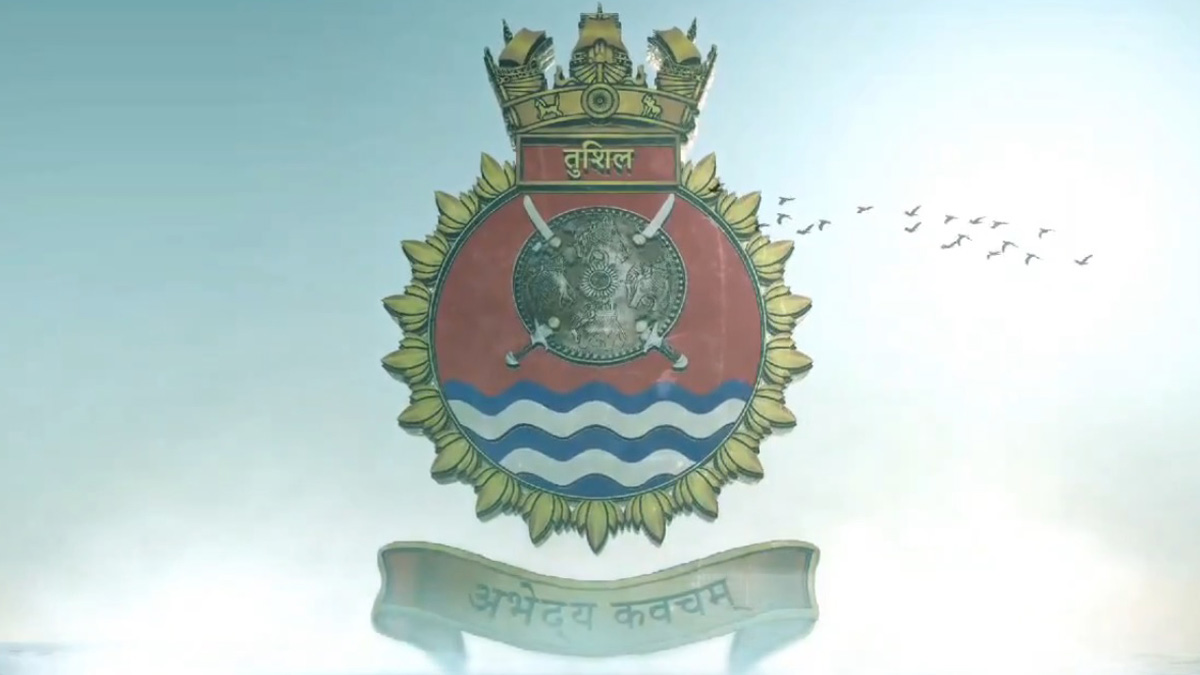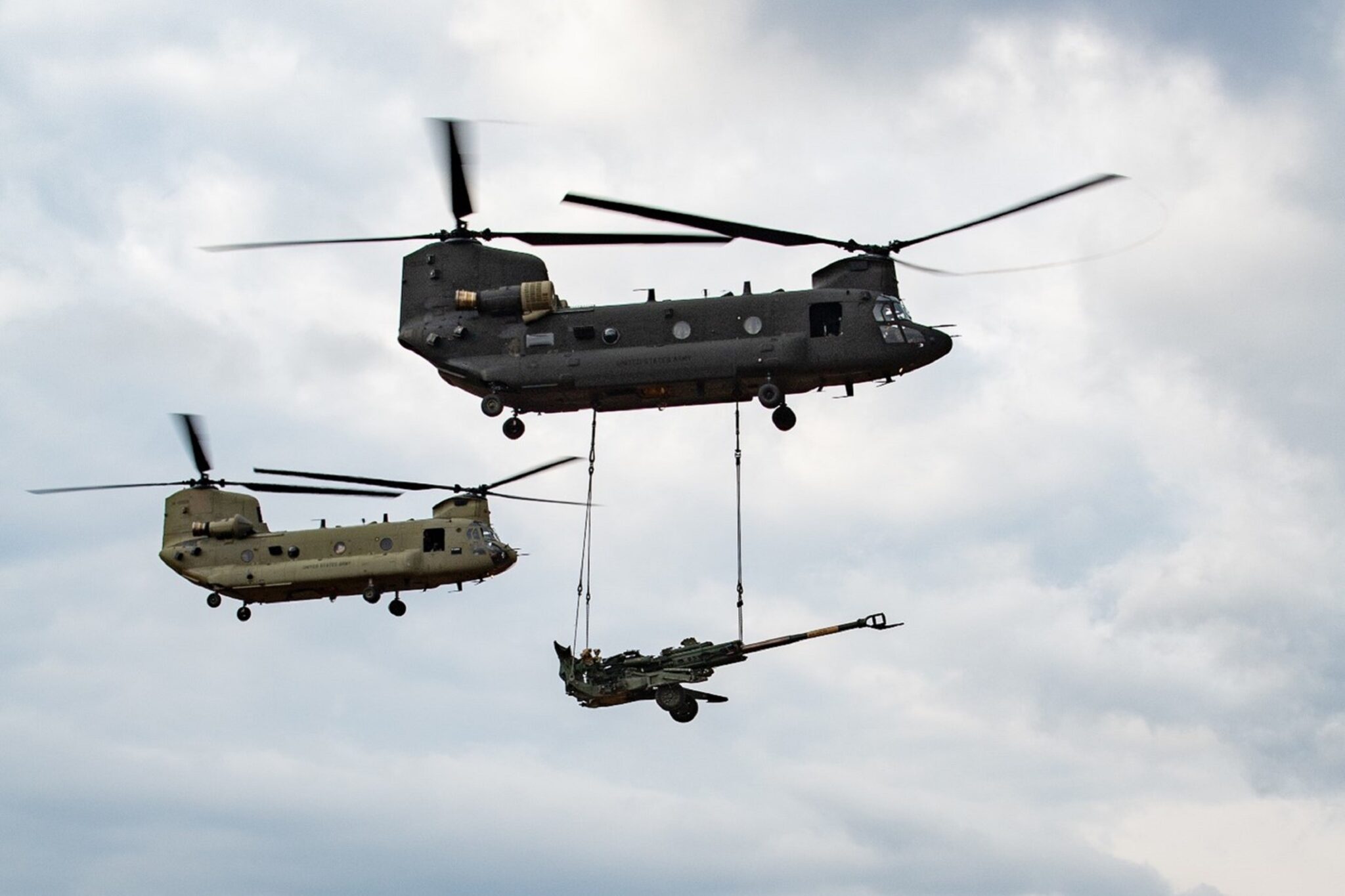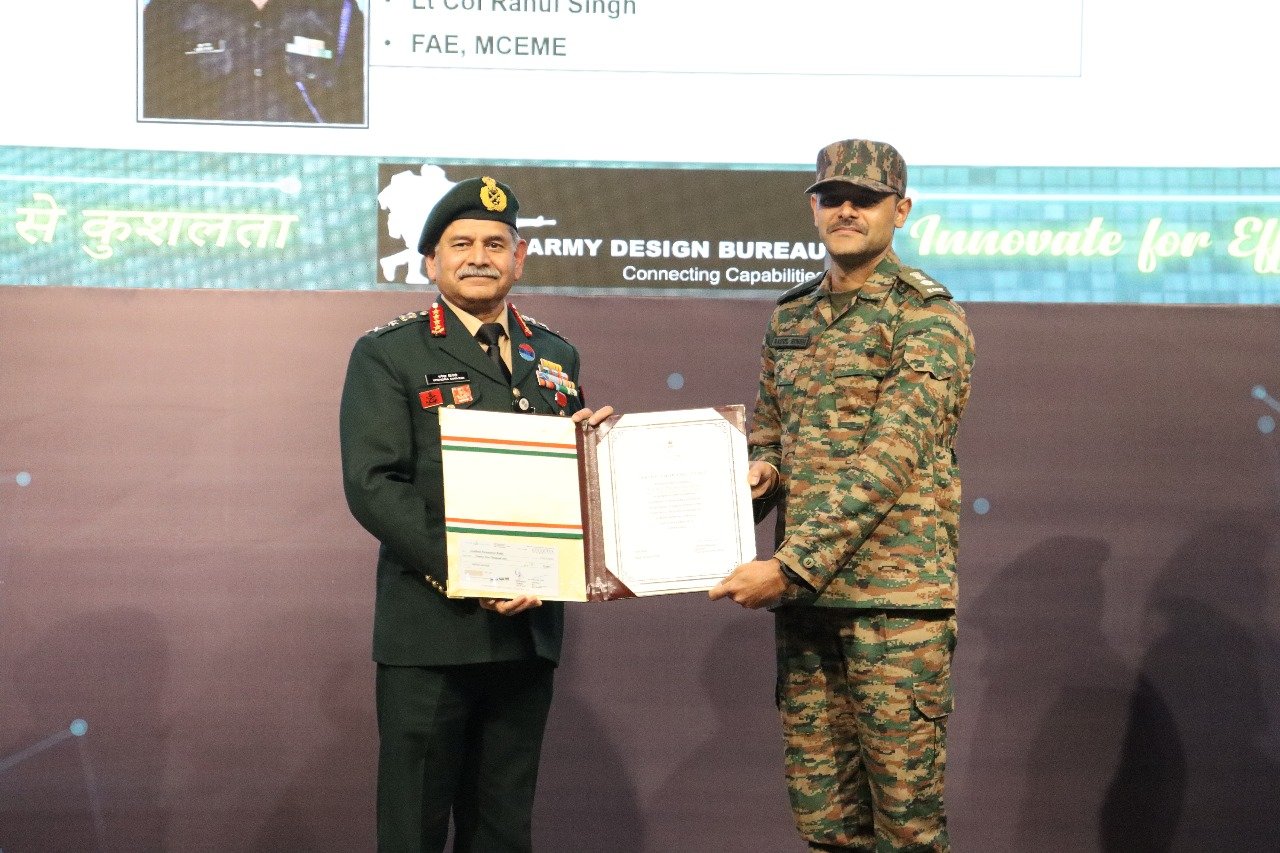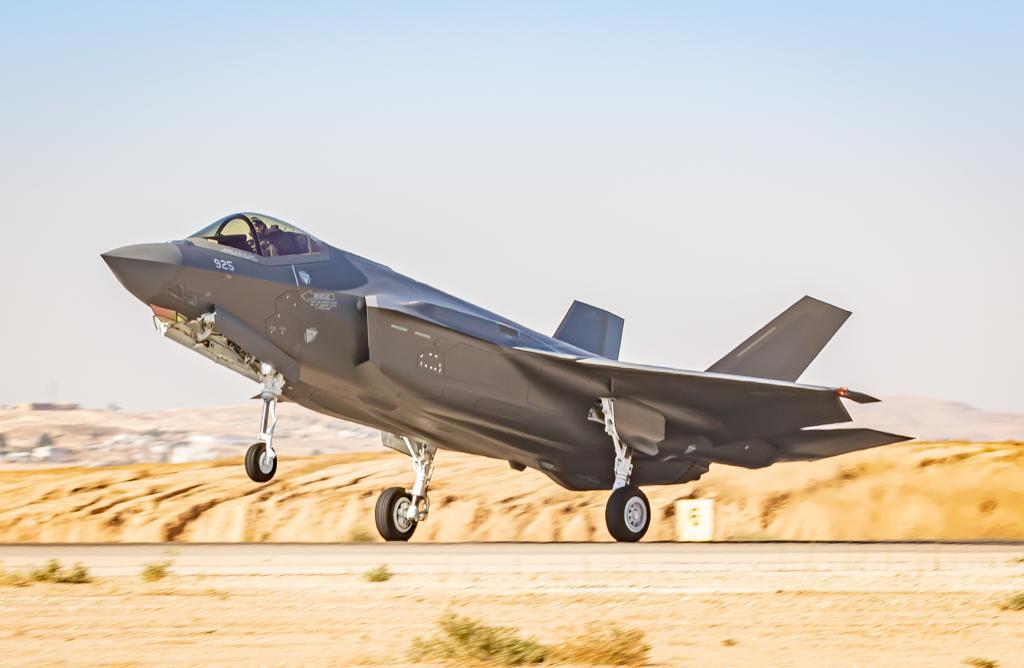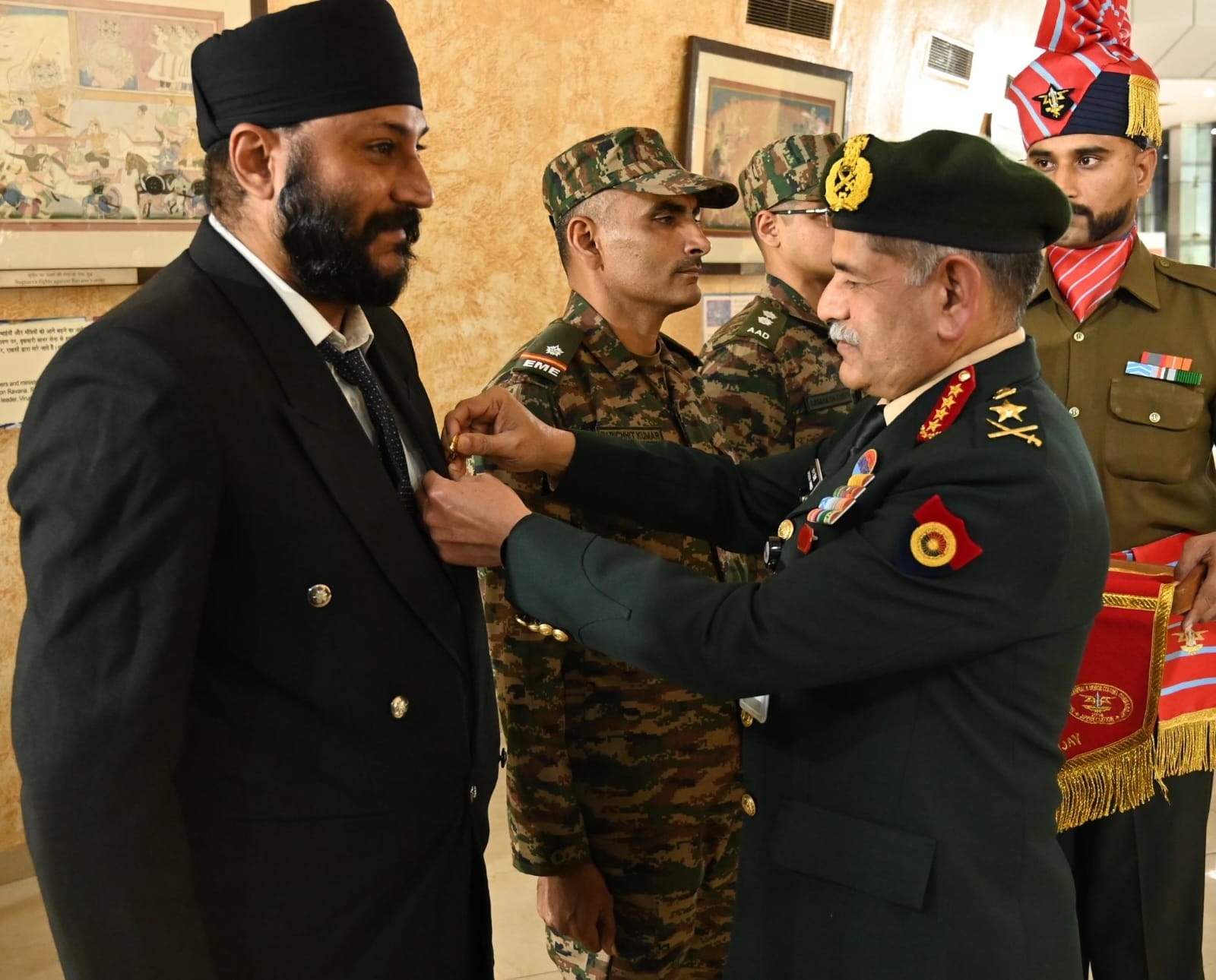Indian Navy Set to Commission INS Tushil, a Multi-Role Stealth Frigate, in Russia
The Indian Navy is preparing for the commissioning of its latest multi-role stealth-guided missile frigate, INS Tushil, in a ceremony…
India-Pakistan Partition: Shocking Numbers of Muslim Soldiers in Army Choices Revealed
The partition of India in 1947 not only led to the division of the country into India and Pakistan, but…
Boeing Secures $135 Million Contract for Three CH-47F Block II Chinook Helicopters with US Army
Boeing has announced a significant milestone in its partnership with the US Army, securing a $135 million contract for the…
MCEME’s Flight Monitoring System for Cheetah/Chetak Helicopters Shines at InnoYodha 2024-25
The Military College of Electronics and Mechanical Engineering (MCEME) achieved a significant milestone with its innovative Flight Monitoring System for…
Israel Strikes Hezbollah Weapon-Smuggling Routes on Syria-Lebanon Border Amid Ceasefire
Israel’s military has confirmed that it conducted airstrikes overnight targeting Hezbollah’s weapon-smuggling routes along the Syria-Lebanon border, marking a significant…
General Upendra Dwivedi Commended Gurvinder Singh for Phoenix Foot
General Upendra Dwivedi, the Chief of Army Staff (COAS), has commended Shri Gurvinder Singh for his innovative development of the…

